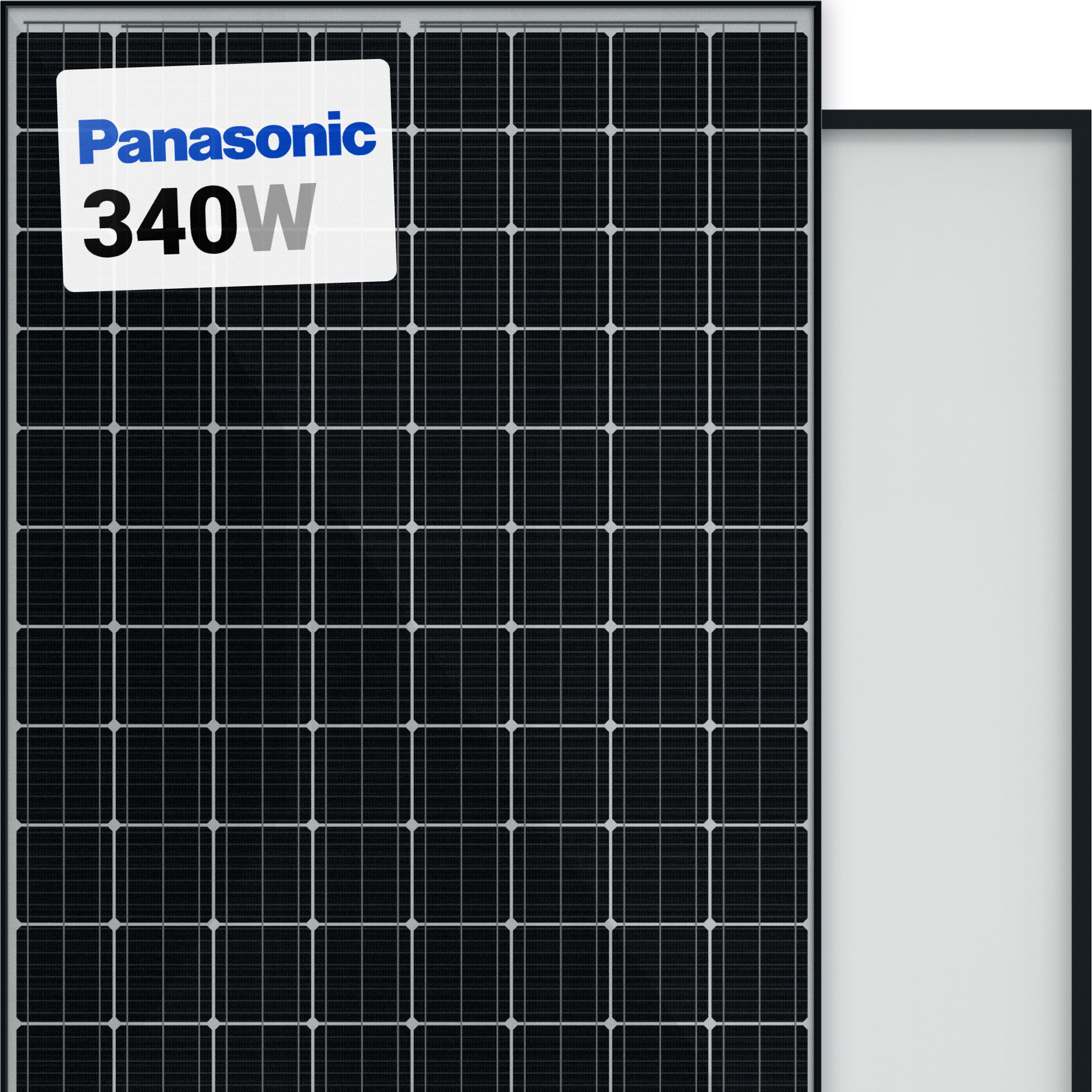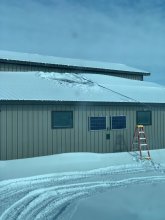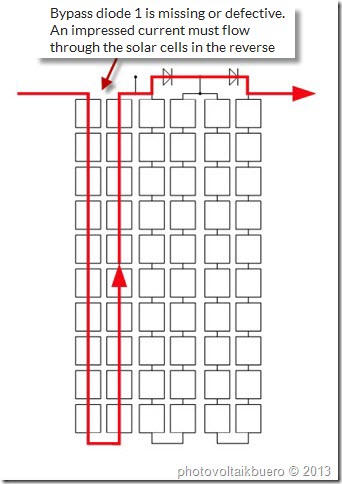Santan solar is a vendor many are happy with.
There are other liquidators like them.
You'll also find local vendors on Craigslist and eBay.
Good panels should have lots of life left even when 20 years old.
Some panels, and some environments, have rapid degradation.
I would look up the brand and year/model in test reports.
SanTan treats you right. I did a quick visual inspection as I unloaded each panel. Where I saw damage, he took care of that. I had bought extra, so had spares, and nothing had to be shipped to resolve the problem. He turns over a huge quantity. If you assembled an array and they all/most fell...

diysolarforum.com
I think used panels can be a better deal, more kWh/$ over lifetime than new.
Relatively new panels (past 5 to 8 years?) are likely to have 50% greater efficiency, 50% more kW/m^2, than panels from 20 years ago.









